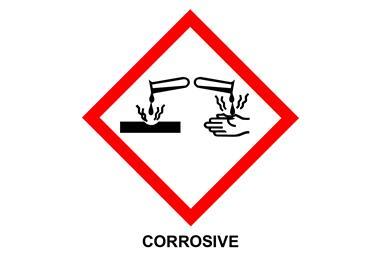A collaboration between Harvard University and Google aims to cut as yet unspecified harmful chemicals from construction materials. The project is part of Harvard’s new climate, health and environment centre, led by Gina McCarthy, who directed the US Environmental Protection Agency (EPA) under President Obama.
The Center for Climate, Health and the Global Environment’s partnership with Google will develop public tools and resources that use the latest scientific research to inform decision-making by large institutions and manufacturers about new construction projects and renovations. The goal is to use lessons learnt to create a model that other organisations can replicate.
‘We want to improve the health performance of the products that go into the buildings on our campus and certainly Google has the same interest,’ says Joe Allen, who heads Harvard’s healthy buildings programme and co-directs the environment centre. ‘The goal is to come up with solutions to implement the science and then to scale those beyond Harvard,’ he tells Chemistry World. ‘This is very much an in the weeds, practical effort at driving the research into practice.’
In the past, the research conducted at Harvard on the health impacts of flame retardant or stain repellent chemicals was published in the scientific literature but its findings didn’t affect the university’s practices, according to Allen. ‘That science was showing up in the peer-reviewed journals, but it wasn’t permeating into the purchasing and decision-making we were doing at our own campus.’
Now, Harvard intends to use its own campus as a ‘living laboratory’ and demonstrate that the solutions emerging from its partnership with Google, and other projects, reduces exposure to unsafe compounds without adverse effects on construction costs or timelines. While the university will not undertake epidemiological research to examine health outcomes associated with these practices, it plans to analyse the air and dust in the spaces on its campus that are based on the work carried out through its collaboration with Google and its other initiatives.
Overall, a major part of the centre’s mission will be to reduce the use of chemicals that are associated with long-term human health and environmental problems. The centre is working with Harvard’s Office for Sustainability on roughly 25 pilot projects across its campus to prove that certain construction products are healthier. Based on this work, Harvard intends to update its building standards to eliminate certain classes of chemicals on its campus.

















1 Reader's comment